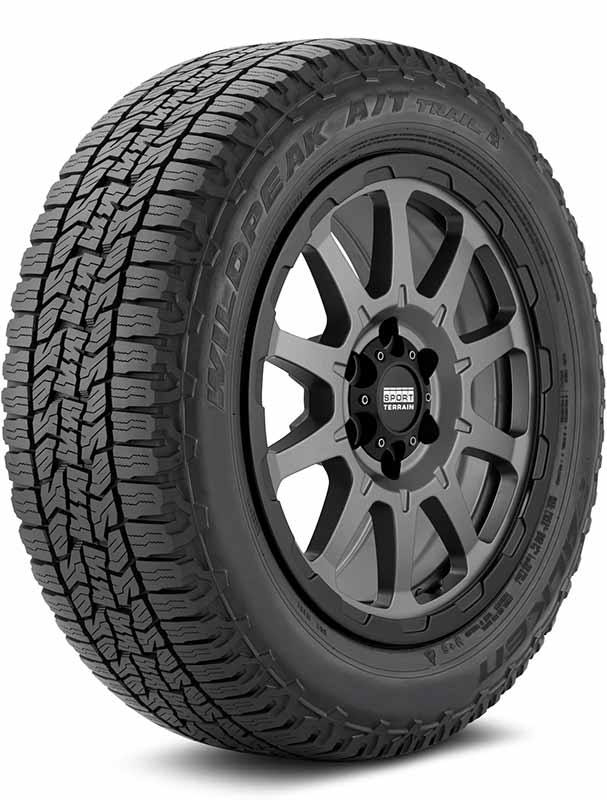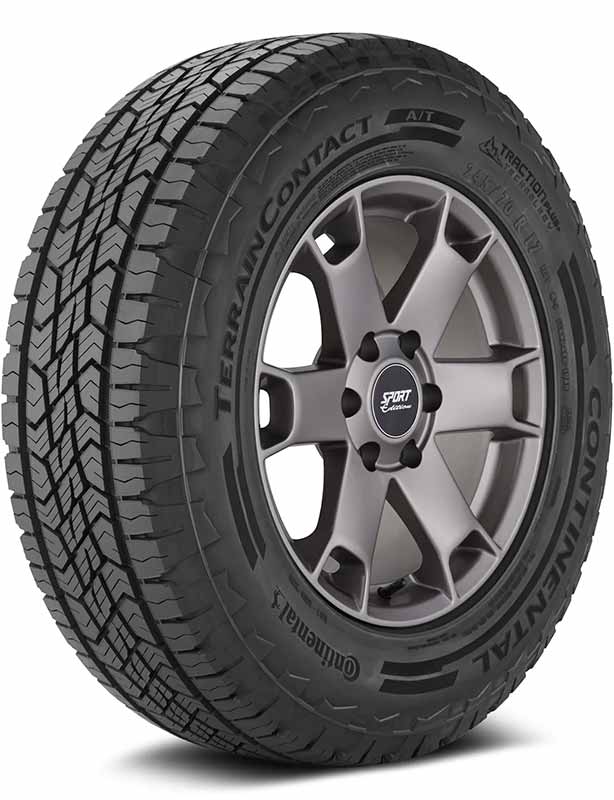Imagine the excitement of purchasing a brand-new set of wheels or tires for your car, only to have that excitement deflate when you suddenly realize you forgot to consider the cost of new TPMS sensors. Your mind races: Can you simply swap over the old ones? Are the old sensors compatible with the new setup?
Can You Reuse TPMS Sensors?
Yes, TPMS sensors can often be reused on new wheels or even transferred to another car, but it depends on their condition, compatibility, and several other factors.
In this article, we’ll explore the world of tire pressure monitoring system sensors, when and how you can reuse them, how long they last, and how to reprogram or replace them.
Let’s take a closer look.
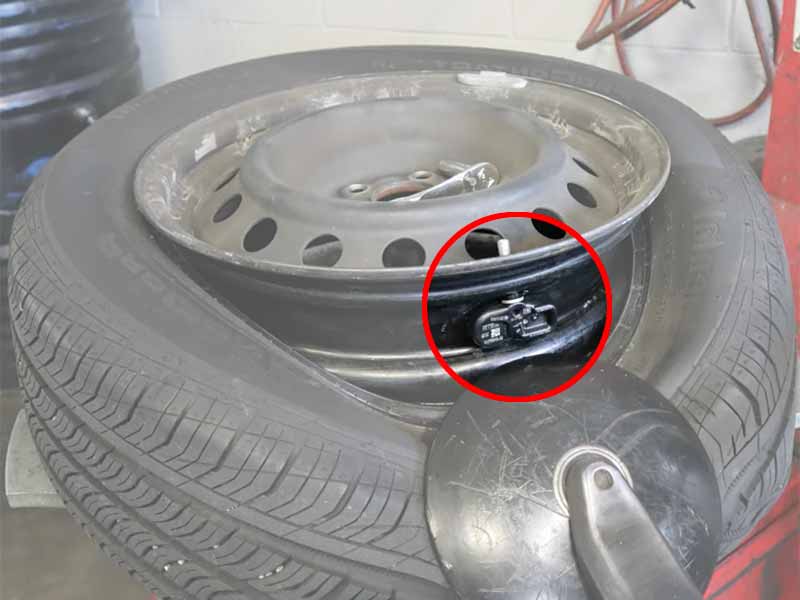
Can You Reuse TPMS Sensors on New Wheels or Tires
The short answer is yes, you often can reuse factory installed TPMS sensors on new wheels. But, like a lot of things with cars and trucks, it’s not always as simple as that. Let’s dive into the details.
When Is It Okay to Reuse a TPMS Sensor?
If the Sensors Are Still Good
- Check Their Age: Old TPMS sensors don’t last forever. If they’re not too old, they might work just fine with new wheels.
- Test Them: A mechanic can test the lithium ion batteries to make sure they’re still working. If they pass the test, they can go on the new wheels.
If the New Wheels Fit
- Same Size and Type: If the new wheels are about the same size and type as the old ones, the sensors are more likely to fit.
- Compatibility: Sometimes, even if the wheels look different, the sensors will still fit. A professional can help you figure this out.
When Is It Not Okay to Reuse Them?
If They’re Damaged or Old
- Worn Out: Sensors wear out over time. If they’re too old or not working properly, it’s best to get new ones.
- Damaged: If a sensor has cracks, corrosion, or other visible damage, it’s time to replace it.
If They Don’t Fit the New Wheels
- Different Size or Type: If the new wheels are very different from the old ones, the sensors might not fit. It’s like trying to put a square peg in a round hole – it just won’t work.

Autel MX Aftermarket Universal TPMS Sensor
Can You Use TPMS Sensors from Another Car?
Sometimes you can reuse sensors, but it’s not always a straightforward “yes” or “no.” Let’s dive into the nitty-gritty.
When Is It Possible to Use TPMS Sensors from Another Car?
Checking Compatibility
- Same Make and Model: If the cars are the same make, model, and year, there’s a good chance the TPMS sensors will work.
- Manufacturer’s Guidelines: Always consult the owner’s manual or a professional to see if the TPMS sensors are compatible with another vehicle.
Reprogramming TPMS Sensors
- Reprogramming Tools: Sometimes, TPMS sensors can be reprogrammed to work with a different car. Special tools and knowledge might be required for this.
- Professional Help: A mechanic or tire expert with the right equipment can reprogram TPMS sensors if needed.
When Is It Not Advisable to Use Them?
Mismatched Cars
- Different Makes or Models: If the cars are very different, the TPMS sensors might not be compatible at all.
- Old or Damaged Sensors: Even if the cars are similar, old or damaged sensors should not be transferred.
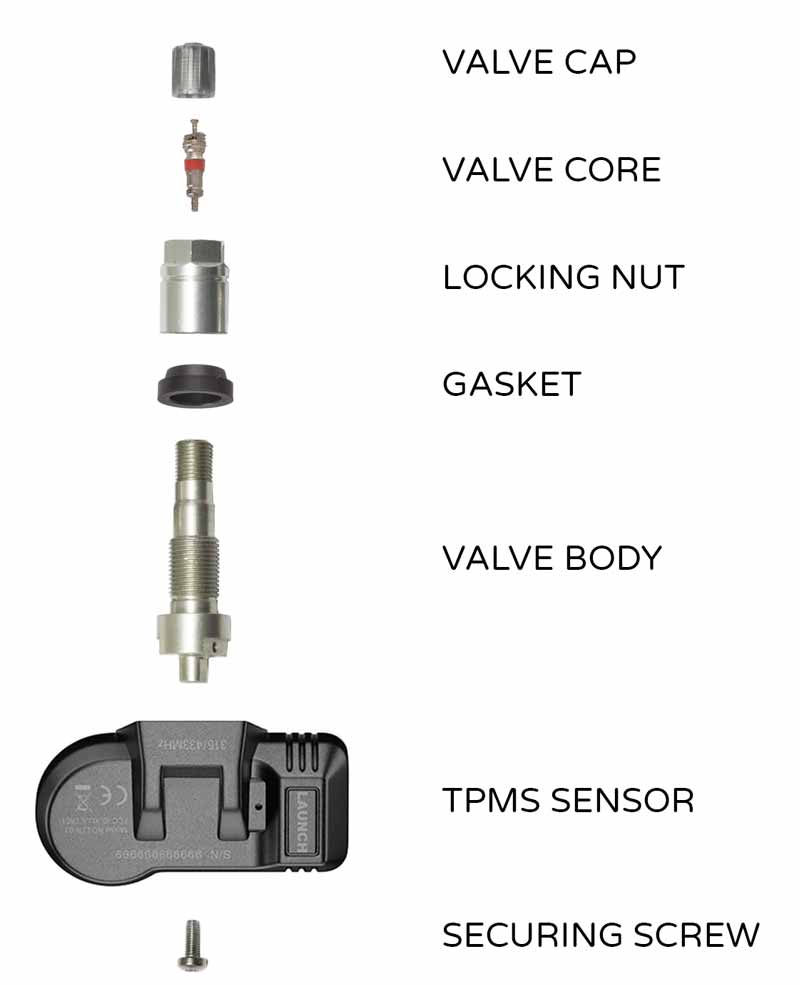
Can You Replace a Valve Stem Without Replacing the Sensor?
In most cars, the TPMS sensor is connected to the valve stem. When you need a new valve stem, it’s natural to wonder if the sensor needs to be replaced too. So, what’s the answer?
Yes, You Often Can Replace the Valve Stem Alone
Here’s Why:
- Separate Parts: Even though the sensor and rubber or metal valve stem are connected, they are typically separate parts. This means one can often be replaced without the other.
- Professional Techniques: A skilled mechanic or tire tech can usually remove the valve stem without damaging the sensor.
- Cost-Efficient: If the sensor is still in good condition, replacing only the valve stem can save money.
But Be Careful, There Are Exceptions
Here’s What to Look Out for:
- Damage to the Sensor: If the sensor is damaged or worn out, it might be wise to replace it at the same time as the valve stem.
- Special Designs: Some cars have unique designs where the valve stem and sensor are integrated. In these cases, replacing one usually means replacing the other.
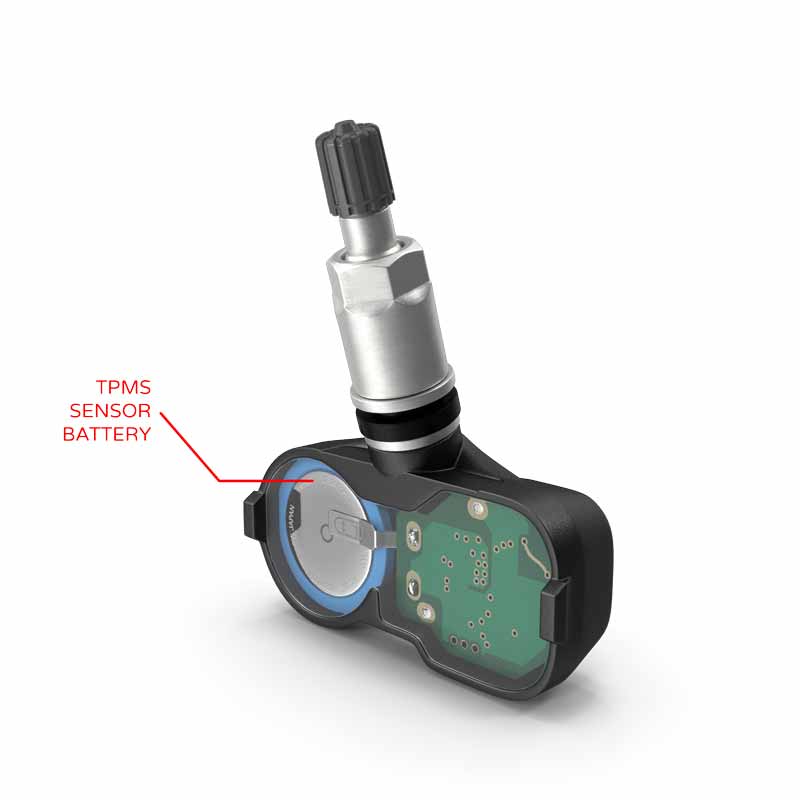
How Long Do TPMS Sensors Last?
Just like other parts of a car, TPMS sensors don’t last forever. Here’s what you need to know:
- Typical Lifespan: Most TPMS sensors last between 5 and 10 years. It’s like how a favorite toy might last a long time but not forever.
- Battery Life: The sensors run on batteries, and when the batteries die, the sensors often need to be replaced.
- Driving Conditions: Just like your shoes wear out faster if you walk on rough ground, TPMS sensors can wear out faster if you drive on tough roads.
When Should TPMS Sensors Be Replaced?
Here are some situations when you might need to replace the TPMS sensors:
Regular Wear and Tear
- Age: If they’re getting towards the end of their typical lifespan, it might be time to replace them.
- Battery: When the battery dies, the sensor usually needs replacing.
Damage or Malfunction
- Visible Damage: If you see cracks or other damage, it’s time for new sensors.
- Not Working Properly: If the sensors aren’t giving accurate readings or no readings at all, they need to be replaced.
Replacing Tires or Valve Stem
- New Tires: Sometimes, when you get new tires, it might be a good time to get new TPMS sensors, too.
- Valve Stem: You can often replace a valve stem without replacing the sensor, but not always. It depends on the design and condition of the sensor.
How to Know If Replacement Is Needed
Here’s how you can figure out if it’s time for new TPMS sensors:
- Warning Light: If the TPMS warning light stays on, even after you’ve checked the tire pressure, it might mean a sensor needs replacing.
- Professional Inspection: A mechanic or tire professional can check the sensors for you and tell you if they need to be replaced.

Autel TPMS Scan Tool
Reprogramming and Damage to TPMS Sensors
Can TPMS Sensors Be Reprogrammed?
A common question when dealing with TPMS sensors is whether they can be reprogrammed. Let’s find out!
Yes, They Often Can
- Using Special Tools: With the right tools, many TPMS sensors can be reprogrammed to work with different wheels or cars.
- Professional Assistance: Usually, this is a job for a mechanic or tire expert who knows what they’re doing.
How Do TPMS Sensors Get Damaged?
Just like anything else in your car, TPMS sensors can get damaged. Here’s how:
Physical Damage
- Rough Roads: Bumpy roads and potholes can be tough on TPMS sensors.
- Accidents: If a tire is damaged in an accident, the TPMS sensor might be damaged too.
- Incorrect Installation: If someone who doesn’t know what they’re doing tries to install or remove a sensor, they might damage it.
Environmental Factors
- Weather: Extreme cold or heat can wear out TPMS sensors faster.
- Salt and Chemicals: In some places, the roads are treated with salt and chemicals that can be harsh on TPMS sensors.
How to Avoid Damaging TPMS Sensors
Want to keep your TPMS sensors in good shape? Here’s how:
- Drive Carefully: Avoiding potholes and rough roads helps protect the sensors.
- Proper Installation and Removal: Always have a professional handle the TPMS sensors to avoid damaging them.
- Regular Checks: Having the sensors checked regularly can catch problems before they get worse.
Resources
Below are some links you may find helpful when learning about tires
- Do’s and don’ts of TPMS installation and maintenance – Tire Review Magazine
- How much does it cost to fix a tire pressure sensor – J.D. Power
Final Thoughts
Whether it’s understanding what TPMS sensors are, reusing them on new wheels, transferring them to another car, or knowing when to replace them, the key is knowing your options and seeking professional guidance when needed. Reprogramming is often possible, but special care is needed to avoid damage, which can affect their performance and lifespan.
In the end, TPMS sensors are more than just a piece of technology; they’re a vital part of vehicle safety, ensuring that your tires are functioning correctly. By paying attention to their condition, compatibility, and getting the right help when required, you can extend their life and ensure that your journey on the road remains safe and smooth.
Good luck and happy motoring.

